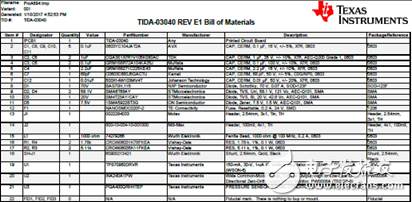TI公司的PGA400-Q1是用于压力传感器,应力表和电容检测元件的接口器件,集成了直接连接到检测元件的模拟前端(AFE)以及电压稳压器和振荡器,还包括有Sigma-Delta ADC,8051 WARP核微处理器和8KB OTP存储器,89B EEPROM和256B 数据SRAM.主要用在压力传感器信号调理,水平传感器信号调理和湿度传感器信号调理.本文介绍了PGA400-Q1主要特性,功能框图以及汽车±500A精密电流检测参考设计TIDA-03040主要特性,框图和系统指标,框图和电路图,材料清单.
The PGA400-Q1 device is an interface device forpiezoresistive, strain gauge, and capacitive-senseelements. The device incorporates the analog frontend (AFE) that directly connects to the sense elementand has voltage regulators and an oscillator. The device also includes a sigma-delta analog-to-digitalconverter (ADC), 8051 WARP core microprocessor,and OTP memory. Sensor compensation algorithmscan be implemented in software. The PGA400-Q1device also includes two digital-to-analog converter(DAC) outputs.
PGA400-Q1主要特性:
1? Analog Features
– Analog Front-End for Resistive Bridge Sensors
– Self-Oscillating Demodulator for CapacitiveSensors
– On-Chip Temperature Sensor
– Programmable Gain
– 16-Bit, 1-MHz Sigma-Delta Analog-to-DigitalConverter for Signal Channel
– 10-Bit Sigma-Delta Analog-to-Digital Converterfor Temperature Channel
– Two 12-Bit Digital-to-Analog Outputs
? Digital Features
– Microcontroller Core
– 10-MHz 8051 WARP Core
– 2 Clocks Per Instruction Cycle
– On-Chip Oscillator
– Memory
– 8KB of OTP Memory
– 89 Bytes of EEPROM
– 256 Bytes Data SRAM
? Peripheral Features
– Serial Peripheral Interface (SPI)
– Inter-Integrated Circuit (I2C)
– One-Wire Interface (OWI)
– Two Input Capture Ports
– Two Output Compare Ports
– Software Watchdog Timer
– Oscillator Watchdog
– Power Management Control
– Analog Low-Voltage Detect
? General Features
– AEC-Q100 Qualified With the FollowingResults:
– Device Temperature Grade 1: –40°C to+125°C Ambient Operating Temperature
– Device HBM ESD Classification Level 2
– Device HBM ESD Classification Level C3B
– Power Supply: 4.5-V to 5.5-V Operational,–5.5-V to 16-V Absolute Maximum
PGA400-Q1应用:
Pressure Sensor-Signal Conditioning
Level Sensor-Signal Conditioning
Humidity Sensor-Signal Conditioning
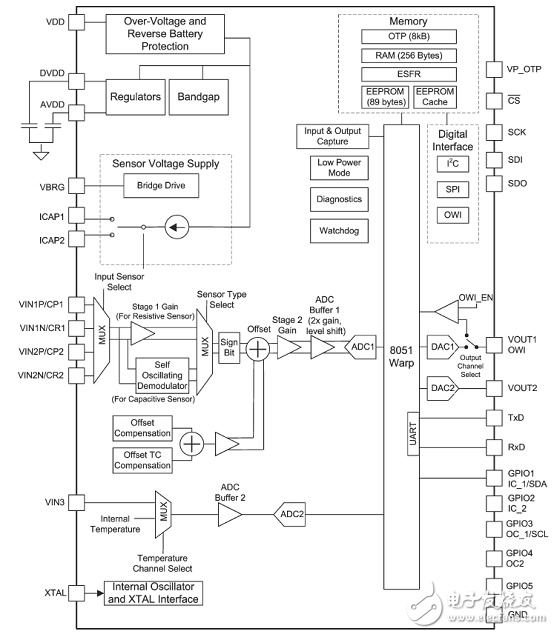
图1.PGA400-Q1功能框图
汽车±500A精密电流检测参考设计TIDA-03040
This shunt-based current sensor reference design provides an accuracy of < 0.2% FSR over a temperature range of -40°C to +125°C. Precision current sensing is essential in a number of automotive applications, including battery management systems, motor currents, and others. Generally, nonlinearity, temperature drift, shunt tolerances in these locations can cause poor accuracy results. This design solves these problems by using TI’s current shunt monitors and signal conditioners (INA240, PGA400-Q1).
Vehicles are becoming more electrified—not just electric vehicles or hybrid-electric vehicles, but evengasoline and diesel powered machines. It becomes more critical to accurately monitor the currentconsumed to ensure performance as well as long-term reliability. Current sensing is critical for essentialoperations such as motor control, DC/DC, battery monitoring, and so on. The performance of any currentsensor solution mainly depends on the device specifications such as accuracy, bandwidth, linearity,precision, or efficiency. Designing a system that satisfies all the required specification is a challenging task. This TI Design shows how to handle some of these parameters: accuracy, linearity, and precision.
Current can be measured in many ways such as Faraday’s induction law, Ohm’s law, Lorentz force law,magneto-resistance effect, and the magnetic saturation. This reference design is based on Ohm’s lawbased shunt current sensing. Each technology has its own advantages and disadvantages, depending onthe place of use every customer has his or her own preference of which topology to choose. Whendesigning the current sensor, it is essential to choose where exactly current is being measured, its currentmeasurement range, its low side or high side, and whether it is uni- or bidirectional; the topology anddesign can be defined based on these parameters. As it becomes a new trend, 48 V implies the currentsensor requires a larger span on current measurement range. By considering these prameters, thepresent reference design topology is defined as follows:
? Measurement range: ±500 A, implies bidirectional
? Low side or high side (configurable)
? Accuracy: 0.2% FSR
? Temperature range: –40℃ to 125℃
To elaborate these specifications: a ±500-A current is made to pass through the 100-μΩ shunt. Across theshunt there is a noticeable amount of voltage drops. Using TI’s current shunt monitor (INA240 (1)), thissmall amount of voltage drop is measured and given to the PGA400-Q1 for linearity and compensationalgorithms to create a ratio-metric voltage in between 0.5 to 4.5 V.
汽车±500A精密电流检测参考设计TIDA-03040主要特性:
Accuracy of 0.2% FSR, over temperature (-40℃ to 125℃)
Suitable for ±500A, high/low-side current sensing
Compensated for temperature and non-linearity (second order temperature and linearity compensation algorithm)
Protection against harness faults (overvoltage, reverse polarity, input/output signal protection)
Electromagnetic interference (EMI) protection
参考设计TIDA-03040应用:
? 48-V or 12-V Battery Management Systems
? Motor Control Systems
?
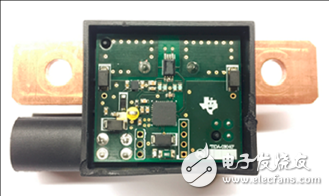
图2.汽车±500A精密电流检测参考设计TIDA-03040外形图
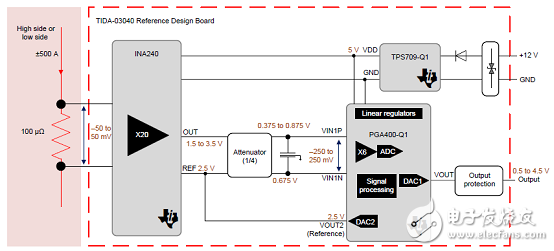
图3.参考设计TIDA-03040功能框图
参考设计TIDA-03040系统指标:
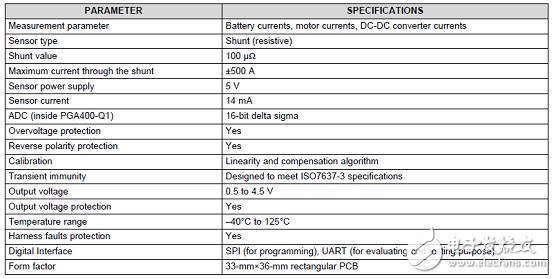
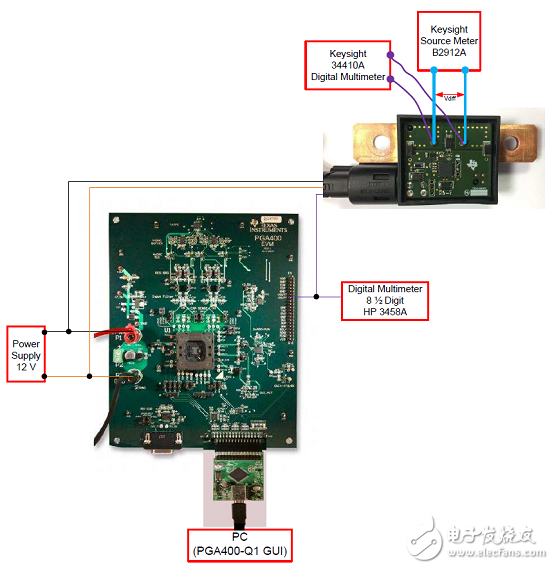
图4.参考设计TIDA-03040和PGA400-Q1 EVM的校准连接图
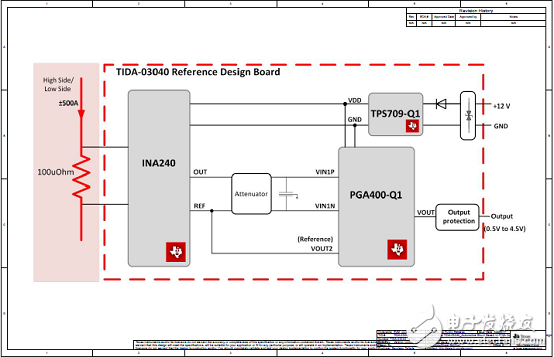
图5.参考设计TIDA-03040电路图(1)
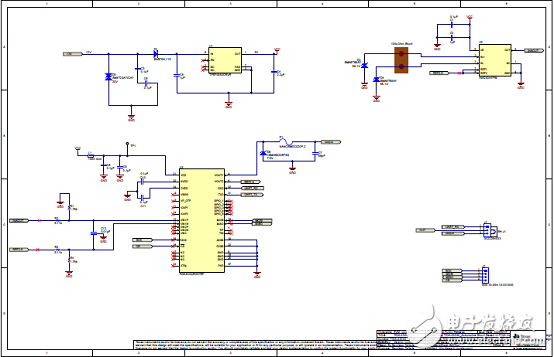
图6.参考设计TIDA-03040电路图(2)
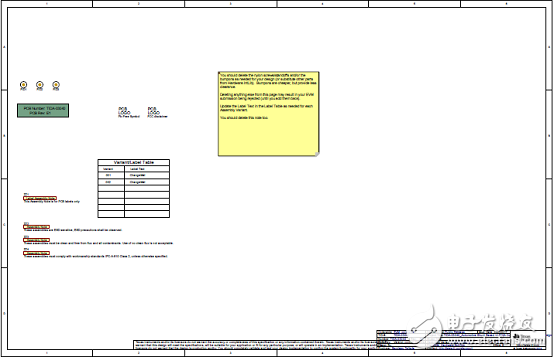
图7.参考设计TIDA-03040电路图(3)
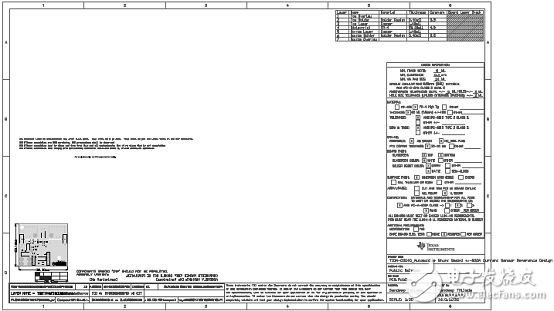
图8.参考设计TIDA-03040电路图(4)
参考设计TIDA-03040材料清单:
